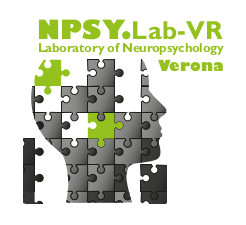Authors
Abstract
Previous studies have shown that the manipulation of body position in space can modulate the manifestations of visual neglect. Here, we investigated in right brain-damaged patients (RBD) the possible influence of gravitational inputs on the capability to detect tactile stimuli delivered to hands positioned in ipsilesional or contralesional space. RBD patients (with or without impairments in detecting contralesional stimuli under single and double stimulation conditions) and healthy control subjects were tested in a tactile detection task in which gravitational (upright vs. supine) and hand position (anatomical vs. crossed) variables were orthogonally varied. The postural manipulation of the entire body turned out to influence the degree of tactile detection. In particular, RBD patients with tactile deficits detected a significantly higher number of left-sided stimuli in the supine posture than in the upright posture. Moreover, crossing of hands improved the ability of RBD patients with tactile deficits in detecting stimuli delivered to their left contralesional hand. The beneficial effect of lying supine was independent of the spatial position of the hands, thus suggesting that the improvement of performance dependent upon entire-body posture and that dependent upon crossing hands may rely upon separate mechanisms.
